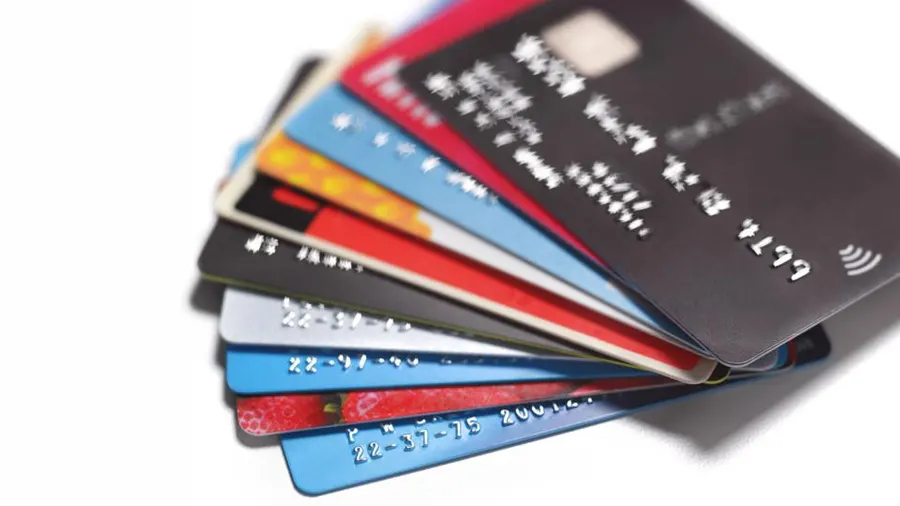As a credit card user, the statement is a crucial document and it is one that you should understand fully. It contains the most important information about your card, which includes your transactions and personal details too. For many, deciphering a statement can feel overwhelming, but only at first.
Thankfully, you don’t have to wait to receive your credit card statement as you can always access it online and in an instant. Credit card issuers offer this facility on their digital portals, and you should use it to understand your credit card usage habits.
Read on for insights on the main sections in a statement and what they mean.
Due Dates and the Billing Cycle
Arguably the most important thing to check in your statement is the due date. This is usually mentioned alongside the statement date, and it is the last day to pay your bill. Failing to pay either the minimum or the full amount will attract a penalty alongside interest charges.
Your statement date is when your statement was created, and it follows a set cycle. This is your billing cycle, and you are billed for all the transactions during the statement period.
Transactions and Associated Charges
This section contains a list of all your transactions during the statement period, and the associated charges applicable. You must pay close attention here and check if there are any transactions you don’t recognise.
Additionally, you will notice that certain transactions will attract a separate charge. For instance, international transactions will come with a separate tax for conversion. Alternatively, you will notice reversals too, and these will be marked as credited amounts. Your previous month’s payment will also get marked as a transaction on this list, with the ‘credited’ tag.
Credit Usage Summaries
Issuers treat this section differently, but it is simply an overview of your credit usage alongside the limits set for your card. Here, you will find the following:
- Credit limit
- Available credit
- Cash limit
- Cash advances
- Purchases
- Previous balance
- Total amount due
- Minimum amount due
Most of these are straightforward and highlight how your current usage has impacted your card’s limits. For instance, if you haven’t paid the previous month’s bill in full then the outstanding amount will get added to the ‘Previous Balance’ section. This is the remainder, and it will get added to your total due for this month.
Spending Overview
Some issuers provide a section that lists the top spending categories based on your transactions for the billing cycle. Here, you will find sections such as:
- Dining
- Fuel
- Travel
- Entertainment
- Subscriptions
- Others
The overview can help you get a clear idea of exactly how much you spend on certain categories. For budgeting purposes, this information is very valuable and can even aid better decision-making.
Rewards Earned
In most cases, a free credit card offers a reward on your expenses, and you earn points. These are earned based on a certain transaction value, and the total amount you earn in a month is listed on your statement. These points are added to your total tally and can be redeemed online for cash, vouchers, offers, and deals.
All credit card statements will have these sections, but the terminology used may vary slightly. In any case, you should make it a habit to check this document before every billing date. Remember, this document is your best resource to stay informed and get ahead of fraud.
A credit card with all the tools you would need to stay informed and in full control is the One Credit Card. Backed by powerful tech and an advanced app, you can access detailed insights about your monthly spends, set controls, and more with ease. Best of all, this is a premium metal, lifetime free credit card. Apply online in just a few steps and get this instant credit card today!



